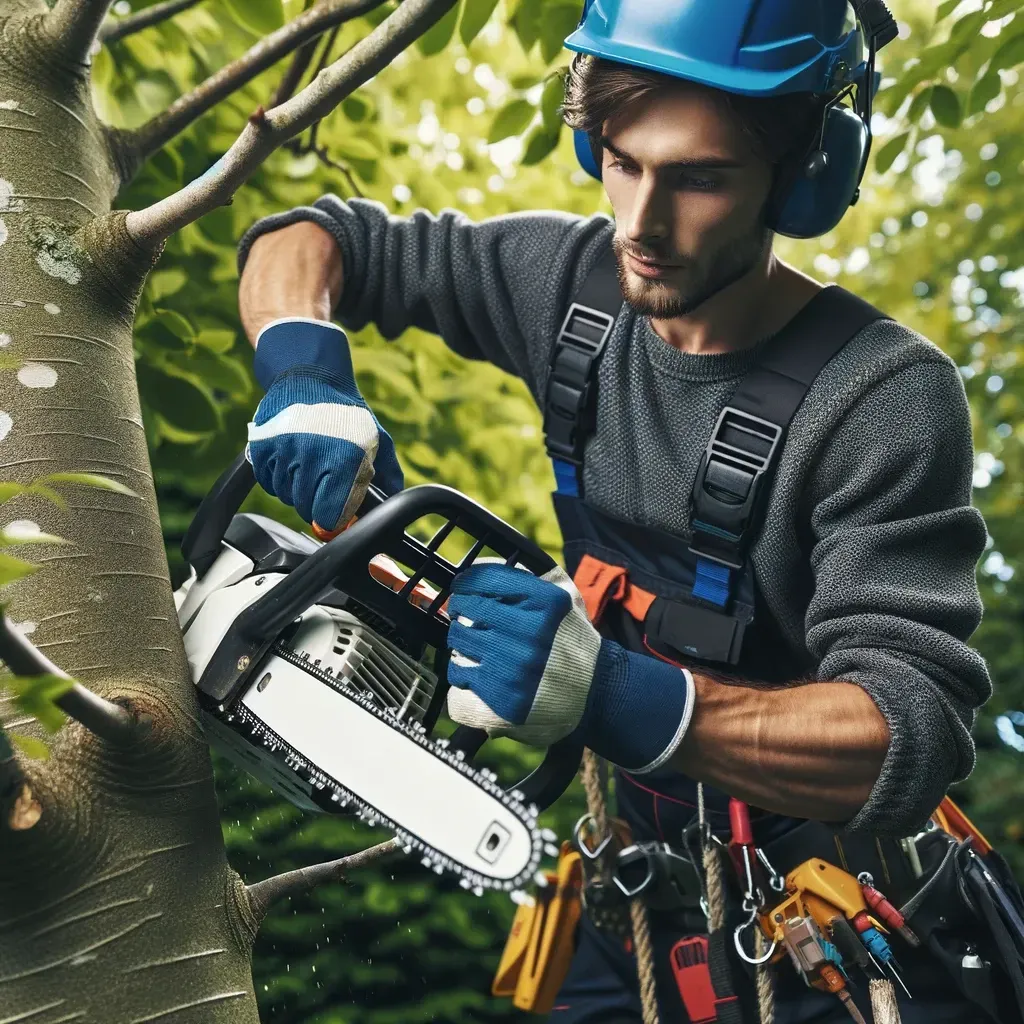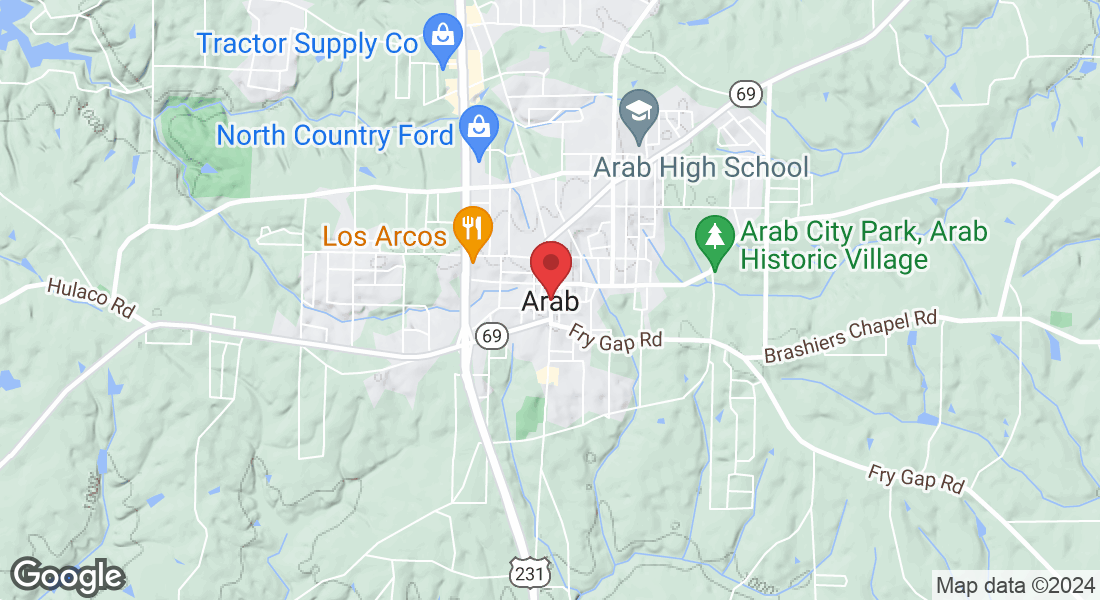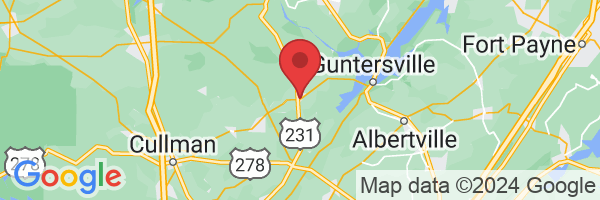
How Much Does Residential Tree Removal Cost in 2024?
How Much Does Residential Tree Removal Cost in 2024?
Maintaining the beauty and safety of your property is a priority for homeowners. Trees provide significant value to our homes by enhancing aesthetics, providing shade, and even improving air quality. However, there are times when a tree needs to be removed—perhaps due to disease, damage, or landscape changes. Understanding the cost of tree removal can help you make informed decisions and budget appropriately. This comprehensive guide will detail the costs associated with tree removal, the factors that influence these costs, and related services you might need.
Average Tree Removal Costs in 2024
The average cost to hire a professional tree service for removing a tree from your property ranges between $385 and $1,070, with the national average cost sitting at about $850. However, these figures can vary significantly based on several factors, including the size, type, and condition of the tree, as well as its location on your property.
Tree Removal Cost Estimator by Tree Size
Trees come in all shapes and sizes, and so do the costs associated with removing them. Here's a general breakdown of costs based on the height of the tree:
Tree Height Average Cost to Remove
Up to 30 feet $285 – $435
30 – 60 feet $435 – $870
60 – 80 feet $870 – $1,160
Over 80 feet $1,160 – $2,000Factors Affecting Tree Removal Cost
Several key factors influence the cost of tree removal, including the tree's size, species, condition, and location. Let's delve into these factors in more detail.
Tree Size
The size of the tree is a primary factor in determining the removal cost. Larger trees require more time, labor, and equipment to remove safely.
Impact of Height and Diameter on Cost:
Height: Taller trees generally cost more to remove because they require more extensive safety measures and equipment. A tree up to 30 feet tall typically costs between $285 and $435 to remove, while a tree over 80 feet can cost between $1,160 and $2,000.
Diameter: The diameter of the tree also affects the cost. Trees with larger diameters mean more wood to cut and handle, increasing labor and equipment needs.
Type of Tree
Different tree species have varying levels of difficulty in removal, which affects the cost. Some trees have extensive root systems or dense wood, making them more challenging to remove.
Cost Variations by Species:
Pine: Pine trees, which can reach heights of 50-100 feet, typically cost between $475 and $1,450 to remove. Their tall, straight trunks require careful handling to avoid property damage.
Palm: Palms, often found in warmer climates, range from 30-50 feet and cost between $310 and $475. Their removal can be tricky due to their height and the fibrous nature of their trunks.
Oak: Known for their strength and longevity, oak trees (40-80 feet) cost between $380 and $1,160 to remove. Their dense wood and extensive root systems add to the complexity.
Cedar: Cedar trees, reaching up to 120 feet, are among the most expensive to remove, with costs ranging from $570 to $1,740. Their size and the potential for thick, heavy branches make them a challenge.
Ash: Ash trees, which grow between 50-80 feet, cost between $475 and $1,160 to remove. The presence of diseases like the emerald ash borer can complicate the removal process.
Maple: Maple trees (60-90 feet) cost between $570 and $1,305 to remove. Their extensive root systems and potential for wide canopies require skilled handling.
Tree Condition
The health and stability of a tree can significantly impact removal costs. Trees in poor condition may be more dangerous to remove, requiring additional precautions and specialized equipment.
Differences in Cost for Healthy, Diseased, and Storm-Damaged Trees:
Healthy Trees: These are typically easier and cheaper to remove. Their structural integrity allows for straightforward cutting and disposal.
Diseased Trees: Removing diseased trees can be more expensive due to the need to prevent the spread of disease. Specialized disposal methods and treatments may be required, increasing the cost.
Storm-Damaged Trees: Trees damaged by storms often pose additional hazards, such as broken branches and unstable trunks. These factors increase the complexity and cost of removal due to the heightened risk of injury or property damage.
Location
The tree's location on your property can also influence removal costs. Trees in difficult-to-reach areas or those near structures can require more effort and specialized equipment.
Cost Differences Between Urban and Rural Areas:
Urban Areas: Removing trees in urban areas tends to be more expensive due to limited space and potential obstacles like power lines, buildings, and other structures. The need for precise removal techniques and safety measures increases labor costs and equipment needs.
Rural Areas: Typically, tree removal in rural areas is less costly due to more open space and fewer obstructions. However, travel costs might be higher if the property is remote.
Specifics for Arab, AL, and Nearby Cities:
Arab, AL: Costs align with national averages, but local market conditions, such as the availability of tree removal services, can impact prices.
Cullman, AL: Similar to Arab, with costs possibly slightly lower due to a more rural setting.
Decatur, AL: Costs may be higher due to its larger urban environment.
Huntsville, AL: As a major city, tree removal costs can be higher due to urban density.
Albertville, AL: Prices might be more affordable, reflecting its smaller town dynamics.
Guntersville, AL: Proximity to recreational areas may influence costs slightly, especially if specialized equipment is needed for properties near the water.
Proximity to Structures
Trees located near buildings, power lines, or other structures require more careful removal processes, which can drive up costs. Safety measures and specialized equipment are often necessary to prevent damage to nearby structures and ensure worker safety.
Impact of Buildings, Power Lines, and Other Structures on Removal Costs:
Buildings: Trees close to homes, garages, or other buildings require precision removal to avoid property damage. This increases labor costs and the need for specialized equipment.
Power Lines: Trees near power lines pose significant hazards. Removal must be coordinated with utility companies, adding time and complexity to the job.
Other Structures: Fences, sheds, and other structures can also complicate removal. Ensuring these remain undamaged requires extra precautions and potentially more workers.
Related Services and Costs
Tree Trimming and Pruning
Regular trimming and pruning can enhance tree health and prevent the need for more extensive removal services. Costs vary based on the extent of the work required.
Crown Thinning:
Reducing the density of branches to improve light penetration and air flow.
Cost: $200 – $800, depending on tree size and complexity.
Crown Raising:
Removing lower branches to provide clearance.
Cost: $150 – $600, depending on the number of branches and tree size.
Crown Reduction:
Reducing the height and spread of the tree.
Cost: $200 – $1,000, depending on the amount of reduction needed and tree size.
Deadwood Removal:
Removing dead or dying branches to prevent decay and improve safety.
Cost: $100 – $500, depending on the extent of deadwood.
Stump Grinding and Removal
After a tree is removed, the remaining stump can be an eyesore or a tripping hazard. Stump grinding and removal are essential services.
Stump Grinding Process and Costs:
Grinding the stump down below ground level.
Cost: $100 – $400, depending on stump size and grinding depth.
Complete Stump Removal Process and Costs:
Full removal of the stump and roots.
Cost: $350 – $700, depending on stump size and root complexity.
Emergency Tree Services
Storms or other emergencies can cause significant tree damage, requiring immediate attention to prevent further hazards.
Costs for Storm Damage Cleanup:
Clearing fallen trees and branches after a storm.
Cost: $500 – $1,200, depending on the extent of damage and cleanup required.
Costs for Immediate Hazardous Tree Removal:
Emergency removal of trees posing immediate danger.
Cost: $450 – $3,000, depending on tree size and complexity of the emergency.
Safety Disclaimer
Warning: Removing a tree can be dangerous and requires proper equipment and expertise. We highly recommend hiring a professional tree service to avoid potential injury and property damage.
Frequently Asked Questions (FAQ)
Can I remove a tree myself? While you can remove a tree yourself if you have the proper equipment and knowledge, it is generally not recommended due to the danger involved. Professional tree removal services have the experience and equipment to safely handle the job.
What equipment is used to remove trees? Typically, a chainsaw is used to cut down the tree, and a stump grinder is used to remove the stump. Additional equipment may be required depending on the tree size and location.
What is the process of tree removal? The process involves assessing the tree and its surroundings, cutting it down in sections (if necessary), and safely removing all debris. Stump removal or grinding is often a separate service.
How long does tree removal take? The duration depends on the tree's size and location, but most tree removal jobs can be completed within a few hours to a full day.
What are the benefits of hiring a professional tree removal service? Professionals ensure safety, have the necessary equipment, and can efficiently handle the job. They are also insured, providing peace of mind in case of accidents.
Conclusion
Understanding the costs associated with tree removal and the factors that influence these costs can help you make informed decisions for maintaining your property. Whether you need a small tree removed or a large, hazardous one, hiring a professional tree removal service ensures the job is done safely and efficiently.
For more information on tree removal services in Arab, AL, and surrounding areas, contact us at Heritage Arborist. We offer competitive pricing and expert service to meet all your tree care needs.
Heritage Arborist
T: 256-792-8733
E: jsvanmaanen@gmail.com
Address: 893 Swinging Bridge Road Northwest
https://heritagearborist.com/sitemap.xml
Assistance Hours
Mon – Sat 7:30am – 8:00pm
Sunday – CLOSED



